Subscribe now and get the latest podcast releases delivered straight to your inbox.
How to Scale Customer Trust When You Win the Business Lottery

Aug 8, 2019
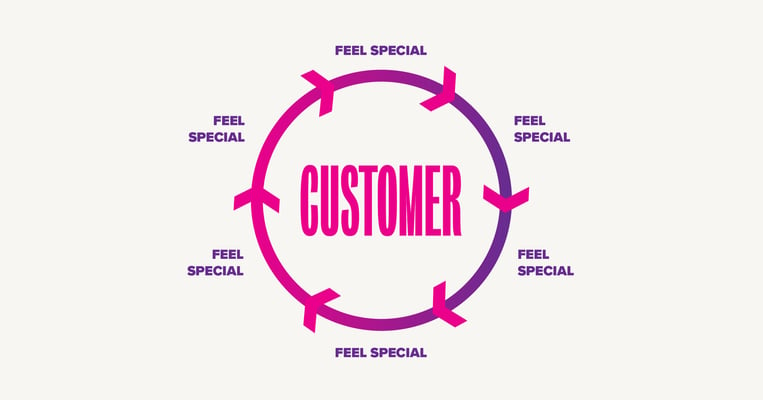
When you win the business lottery and everything is going right, leaders have to figure out how to scale everything — Product. People. Space. Teams. And, most importantly, the customer experience.
It can be hard to think about your customers when your own emotional journey looks something like this:
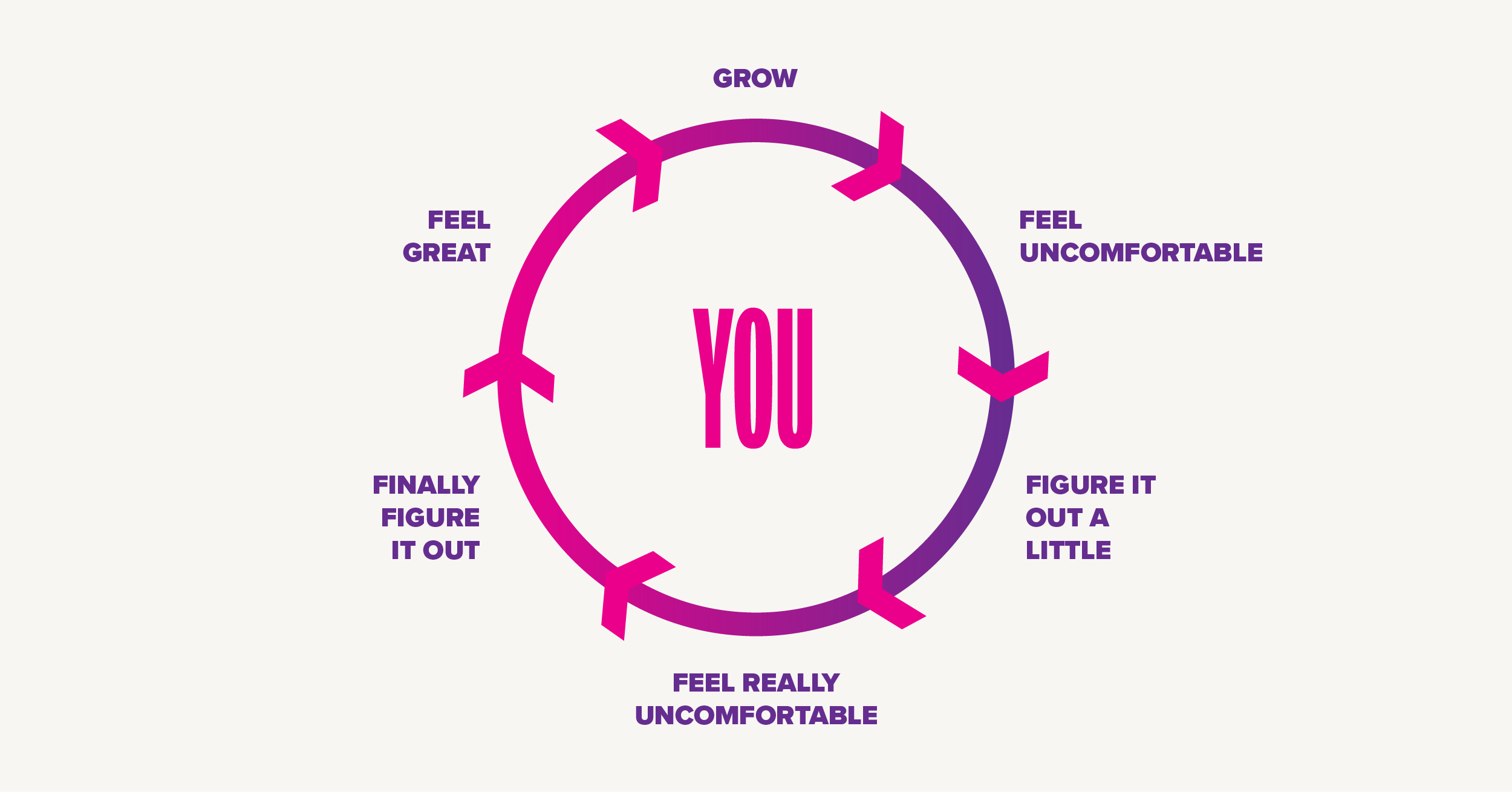
But to build trust with your customers, you can’t let them in on the chaos.
Instead, they need to feel something like this:
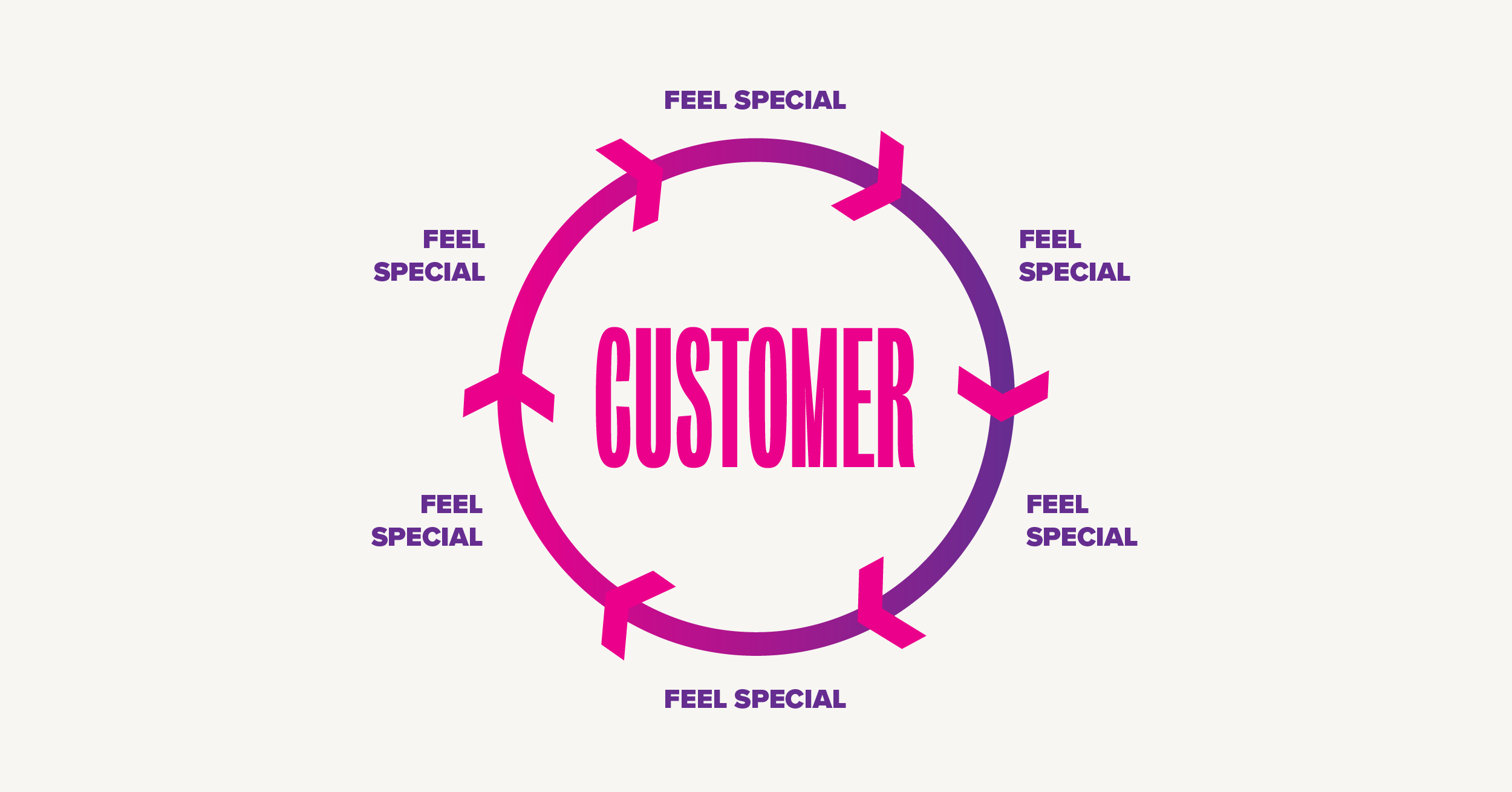
At IMPACT Live 2019, I spoke about scaling trust when your company is skyrocketing forward.
In our experience working with growing companies, we’ve found that there are five main steps to improving the customer experience and earning trust as you experience extraordinary growth.
Five steps that take years of work to build, but which are 100% worth it in the end.
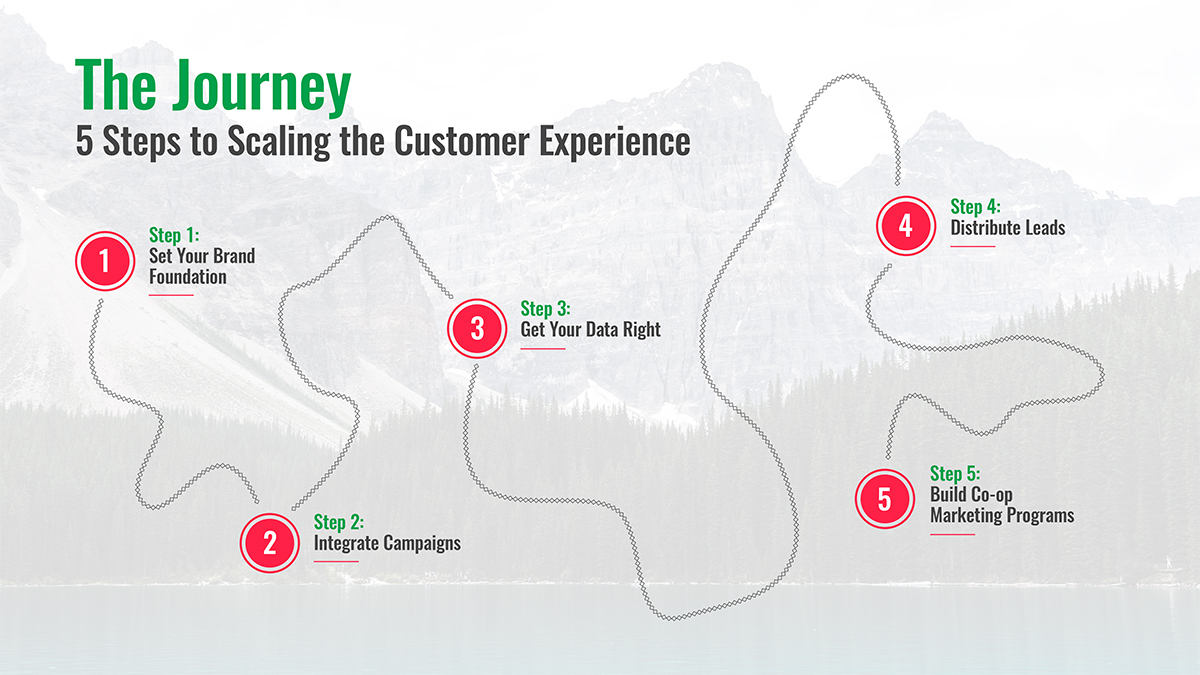
1. Set the foundation
Scaling trust starts with understanding your brand.
Why does your brand exist? What do you believe in? Why do customers like you? What values do you represent? Why do customers choose you over your competitors? What makes your brand special?
If you don’t have a clear answer for any of these questions, chances are your customers don’t, either.
When we started working with the folks at Airstream, the company had gone through five CMOs and had made minimal changes to its product portfolio.
One thing they did have, however, was an amazing story that customers believed in.
To them, Airstream represented a passion for timeless design and products that last a lifetime.
So we listened and leaned in.
We looked forward, imagining where their brand could go without straying from who they are.
This exercise in vision shouldn’t be constrained to brand alone; it should extend to technology systems, product priorities, campaigns, budget, and more.
Your brand might not have the same history that Airstream does, but there is a reason why customers buy from you.
You must understand this to create the foundation and make sure you’re saying the right things, in the right places, to the right people.
You’ll never win over everyone, but you do have people who like you. You just have to find your people, learn from their insights, and show you understand them inside and out.
2. Keep it consistent through integrated marketing campaigns
Customers trust consistency.
No matter if they’re experiencing your brand in the real world, scrolling through your social media feeds, or browsing your website, the experience you create needs to feel cohesive.
You can’t be saying one thing through email and a whole different thing on Facebook. It’s confusing.
For Airstream, this meant tying separate marketing efforts and platforms together so that customers heard one narrative no matter where they were experiencing the brand.
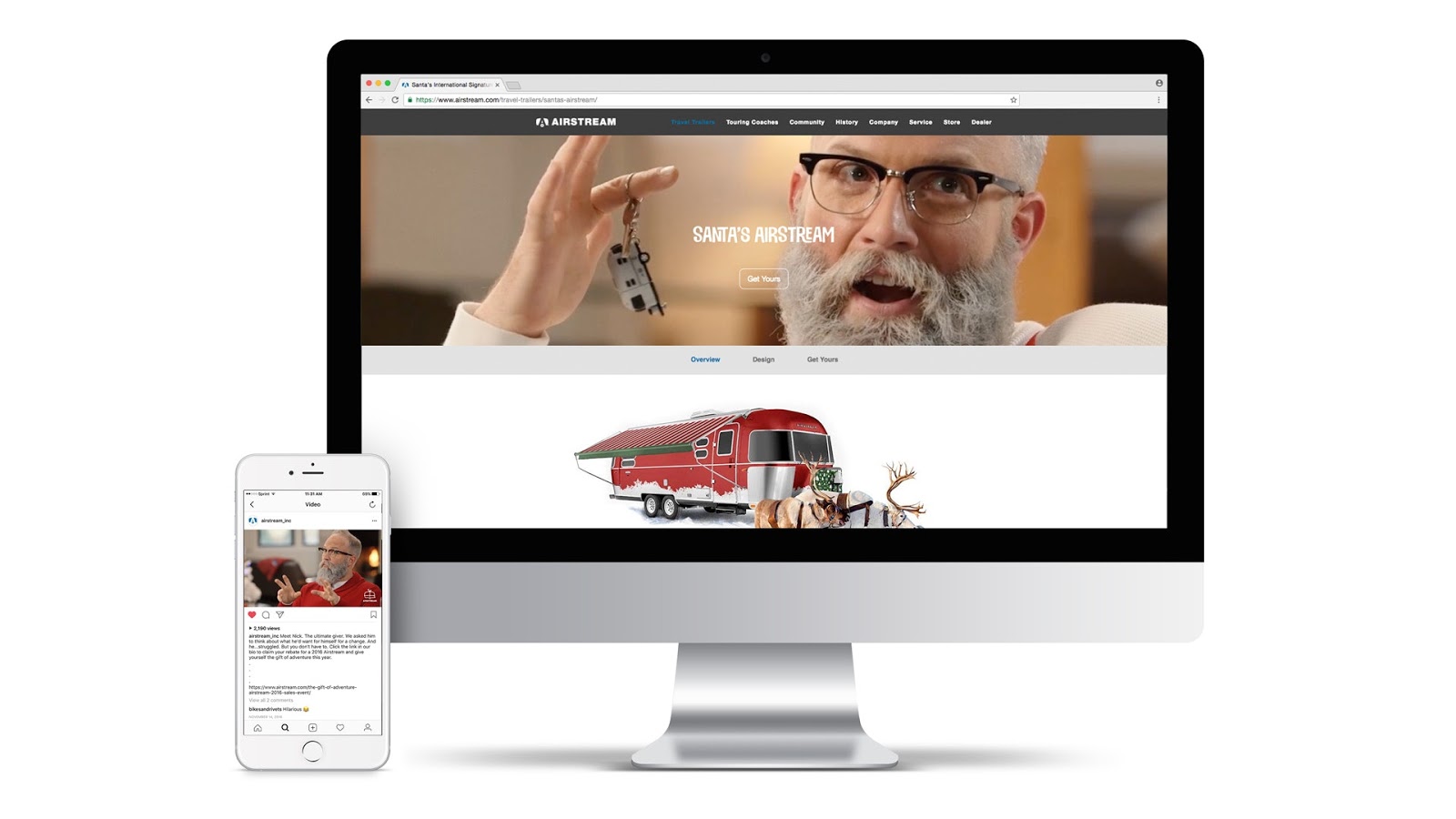
Above is an example of a previous campaign we ran for Airstream. As you can see the same messaging and narrative was carried throughout the various mediums.
Too often we allow the channel to drive the strategy instead of allowing the customer needs to drive the strategy.
Whether your audience is on YouTube, looking for information on your website, or are subscribed to your newsletter, you should be able to meet their needs and layer messaging through a variety of channels.
3. Get your data right
Gathering data from your marketing efforts isn’t anything new, but as you scale your marketing programs, increase your budget, add new products, and increase your brand’s reach, tracking results and capturing accurate data gets a lot harder.
As Airstream grew, we tested and tracked the impact of everything.
Reporting became more advanced and tracking quickly followed. We could see who interacted with Airstream, when they interacted, and how often. We got to know our visitors through data.
To maximize these insights, we needed to understand Airstream’s marketing technology stack and how data flowed across every platform.
When systems didn’t play nicely, we created custom development solutions to make sure that attribution was clear — from the first time a customer interacted with Airstream to the time they purchased a product.
We helped Airstream attribute specific marketing efforts to sales by storing GCLIDs (Google Click IDs) in contact records within HubSpot.
Utilizing HubSpot’s forms, we captured the GCLID as part of the form submission and appended that information to their contact record.
Then, when a contact became a customer, we were able to see how our ads influenced overall sales.
In an age where everything can be tracked and customers demand a cohesive experience, you really can’t afford to work off of assumptions.
Take the time to understand what data you absolutely need to gather and find the right solutions to make it happen. Then, analyze the data you collect and use that analysis to iterate your marketing strategy.
4. Implement a seamless distributed lead management system
At this point, you’ve scaled trust by leaning into the right message, marketing consistently across a variety of channels, and connecting all the data so you know who is interacting with you and when.
The next step is making sure the customer experience is seamless when they’re moving towards purchasing — even if your brand doesn’t own the final purchase.
Airstream doesn’t sell directly to consumers — they sell through dealerships. This means the leads they generate need to be dispersed to dealers who ultimately sell the final products.
If a customer started their journey with the Airstream corporate brand, their transition to the dealer needed to feel natural and seamless. The dealer had to know details about the products they were interested in and more.
If dealers weren’t equipped with relevant customer information, the experience might feel jarring or impersonal.
To maintain this seamless customer experience, we passed relevant customer information gathered by Airstream corporate to Airstream dealers when customers were ready to take the next step through a proprietary piece of software.
Dealers could log into the software and accept or reject leads, as well as access information about them such as product interest.
Just because you’re at the finish line doesn’t mean you can start cutting corners. Share things like engagement history, product interest, and location to those closing the deals so that the experience remains excellent for your customers.
5. Build co-op marketing programs
The final part to scaling trust and creating a consistent, seamless customer experience is simply working with those who sell your product, implement your software, or provide a service that coordinates with your own company.
For manufacturers, this could be retailers, dealerships, online marketplaces, or technology partners.
For service industries, this could be technology companies or other service providers.
No matter the case, you need to make sure the customer experience you’ve worked hard to create isn’t tainted by poor execution across the finish line.
Looking back at Airstream, we were able to bring their corporate team and dealers together to create campaigns that benefited both parties — as well as customers.
Through shared the marketing efforts, Airstream was able to make dealers even more engaged in the marketing process, providing them with higher-quality creative and generating brand awareness and leads for everyone involved. And, in turn, Airstream could feel more confident that their vision was being executed.
Key trust-earning elements
These steps are how you scale trust when business is booming. They’re meant to build on one another, starting with setting a foundation and growing more complex the further you go, but along this journey, there are a few qualities you need to apply in every step.
Qualities that, if forgotten, will turn off customers and destroy their experience.
The qualities to embed in everything your company does are synonymous with trust. They’re also pretty straightforward.
Make note of them and reflect along the journey. Without them, you’ll find yourself overwhelmed with damage control.
Keep competence high
Without competence—or, the ability to execute effectively—everything starts to break down. Whether that’s competence with customer data or brand messaging, you’ll lose any trust you’ve built if quality slips. Even the best ideas fail if the execution of them is poor. Don’t cut corners, and obsess over improvement.
Radiate integrity
There’s a reason people trust Apple: an absolute dedication to privacy and accountability for its products.
For Airstream, it’s the fact that they spend roughly seven times the amount of time constructing a travel trailer than their competitors.
It’s not about taking the easy road; it’s about taking the right one. It’s about crafting a quality product. That’s what people trust.
Communicate authentically
People really hate when they’re being marketed or sold to. That’s why old marketing tactics no longer work as well.
People like feeling understood and cared for.
If you can talk to customers and show you know them, hear them, and understand them, it will go a lot further than a heavy-handed sales pitch..
Stay genuine and don’t try to fake authenticity — they’ll see right through it.
Trust isn’t given. Earn it.
Trust is your most valuable asset, and even storied companies can’t take it for granted. Just ask Wells Fargo.
Your real job as a marketer is to be obsessed with trust.
I like to think of us as always earning trust instead of keeping it. In every interaction with our customers and their customers, we have to earn trust. Every day, no matter how big we grow.


Order Your Copy of Marcus Sheridan's New Book — Endless Customers!